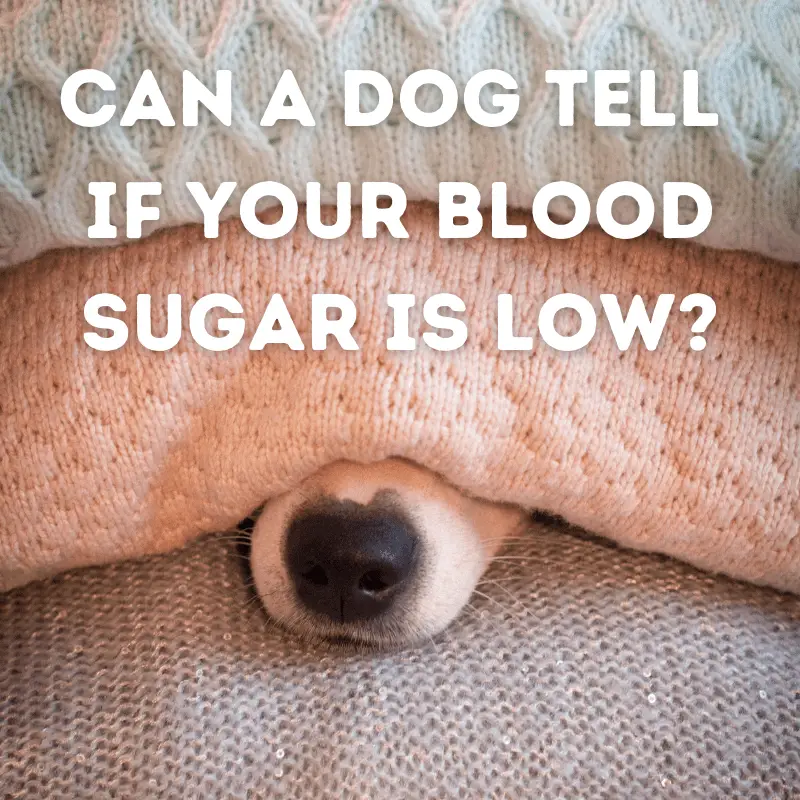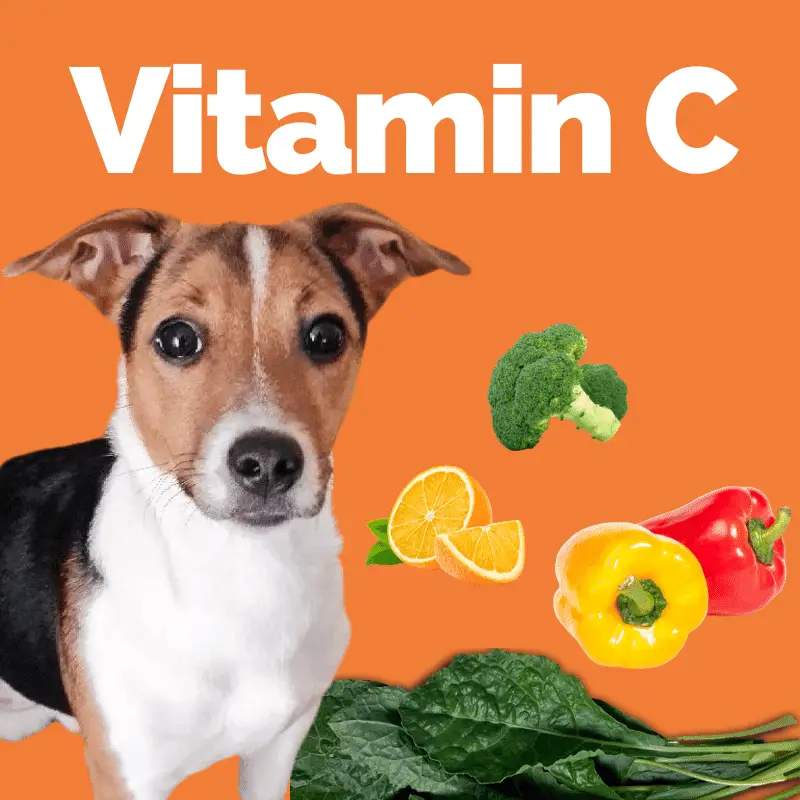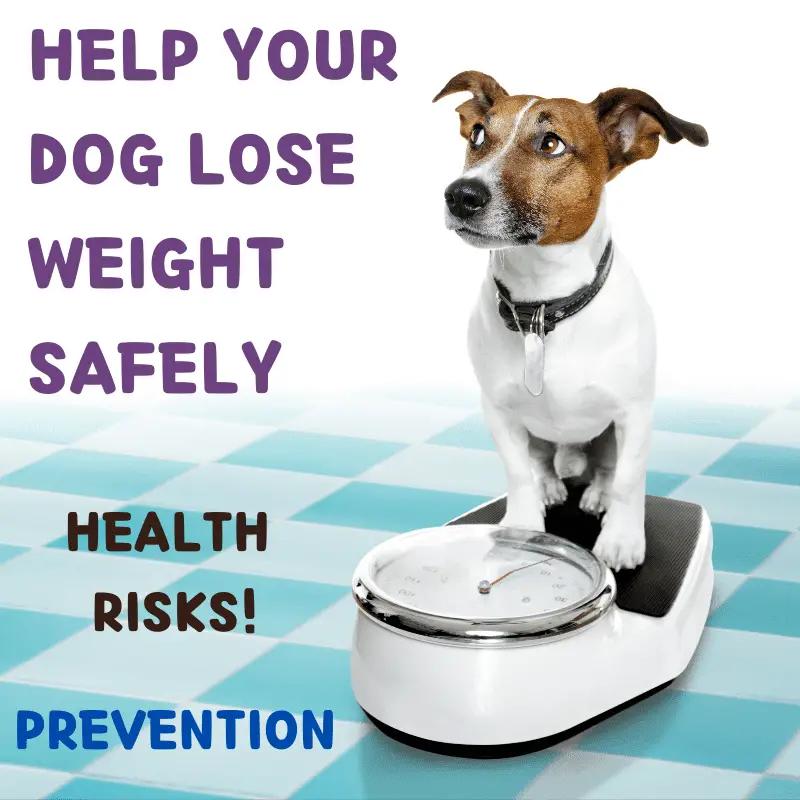
Dogs are amazing creatures. Not only are they human best friends. Dogs offer companionship, love and comfort to their owners. One of the fascinating parts of a dog’s anatomy is their nose; their sense of smell is much stronger than ours, so much strength that we use them as working dogs. Dogs have varied roles in assisting us humans, such as supporting farmers, hunters, and emergency services. But can a dog tell if your blood sugar is low? also known as having a hypo. Let’s find out.
If trained, dogs can detect by the change of smell in their human companion’s breath that their blood sugar is low, also known as hypoglycaemia. When a person’s blood sugar is low, there will be a change of scent. Dogs can detect the high levels of isoprene gas in your breath when you exhale, and a dog will notice this change, thus then alerting you. They are called DAD dogs which stands for diabetic alert dogs.
Now you know that dogs can detect low blood sugar called hypoglycaemia, or hypo for short, through their noses. Let us now learn about their noses in more detail.
Dogs Nose
Dogs use their noses not just for sniffing for us humans or to find the location of their next treat. A dog’s nose also plays an important role when they are growing up. Puppies will use their sense of smell to sniff out the source of their mother’s milk. Since puppies dont open their eyes until they are around one to two weeks old, this is extremely important to have a good sense of smell and know where to feed. An article I wrote about when dogs open their eyes is found here if you’re interested in learning about dogs’ eyes.

A dog’s nose has many more olfactory receptors than humans; we have up to six million, and dogs have up to three hundred million. A dog’s nose also has an extra organ that is solely used for sniffing called the vomeronasal organ, which can also be known as Jacobson’s organ. It’s like having a supercharged second nose. The vomeronasal organ is located in a dog’s soft tissue of the nasal cavity, just by the mouth’s roof, and it transmits straight to a dog’s brain. This sensing part of the brain is forty times bigger than ours; however, the overall size of a dog’s brain is still a lot smaller than ours. As you can see, the sense of smell for a dog is one of the main organs and is vital for the health and well-being of a dog.
We now know that a dog’s nose is unique and very special. But how can dogs alert someone with low blood sugar? They can’t talk or ring the doctor! Let’s find out.
How dogs alert a companion that suffers from low blood sugar
- Touching the owner with their nose
- Jumping on their owner
- Holding a certain object
- Sitting and staring at the owner.
A dog can alert us by the above options depending on the training, and they are trained to recognize the change in smell within 30 minutes. This gives the owner enough time to resolve the hypo. But what type of dog breeds are chosen for a diabetic alert dog?.
Dog breeds
- Poodle
- Labrador retriever
- Golden retriever
- English Springer Spaniel
- American Cocker Spaniel
- German Shorthaired Pointer
- Brittany
- English Setter
All these listed have two things in common; they are intelligent and very alert dogs. Let’s explain what hypoglycaemia means and the two different types.
What is hypoglycaemia?

Hypoglycaemia (hypo) is a condition that can happen when you have type 1 diabetes, and you are unaware that your blood sugar (glucose) has dropped to a dangerous level below four mmol/L (72mg/dL). Your own body should naturally tell you that there is something wrong, like shaking, confusion, sweating and just not feeling all that great, and some may even experience seizures. Our brains need glucose (blood sugar) for normal functioning, and unlike many other organs, the brain has a minimal ability to store glucose. As such, the brain is the most affected organ when the blood sugar gets too low.
There are two kinds of non-diabetic hypoglycaemia:
- Reactive hypoglycaemia usually happens within two hours after consuming a meal.
- Fasting hypoglycaemia occurs when you have gone for an extended period without eating.
Glucose is an essential source that feeds your body and brain, and it comes from our diet.
What is isoprene gas?
Isoprene is in our breath that we exhale out, and it rises during hypoglycaemia in type 1 diabetes person.
What type of jobs do dogs have?

Not all breeds suit all jobs, and they are most of the time breed-specific, take, for instance, a chihuahua. You wouldn’t have a chihuahua as a guard dog, would you, although some may disagree. A guard dog is suited more for the role of a Dobermann or a German shepherd.
Here is a list of the many jobs that dogs have:
- Hunting
- Herding
- Fishing
- Protecting
- Services dogs, supporting the military, search, fire and rescue, police
- Sledging
- Tracking
- Therapy dogs
- Guide dogs
- Pest control
- Messengers
- Health support dogs
- Medical response
As you can see, there are many roles that we rely on dogs still to this day. Dogs have been helping humans for thousands of years. If you want to delve into a bit of dog breed history, you can find many articles here. If you wondered where this all started and how dogs came to be domesticated, my report found here explains the theories behind the domestic dogs and how they became human’s best friends. Very interesting, and I had a great time researching this, especially since it is still a mystery.
Conclusion
We now know that dogs can tell if your blood sugar is low. A dog’s nose is so powerful that it can detect the rise of isoprene gas in a person having a hypo. Amazing stuff!
If you require diabetes advice, you can visit here.
Do you think a diabetes-alert dog could help you? If so, Hypo Hounds will have some information for you.












